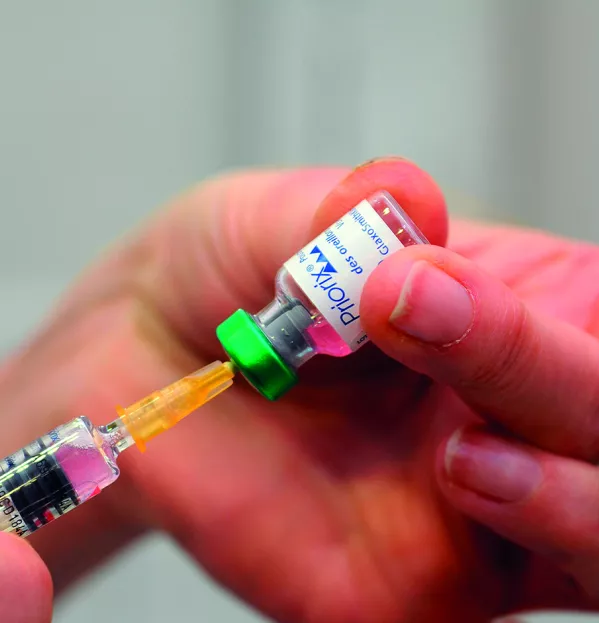Schools must wake up to the importance of sleep

Teenagers find it hard to get up in the morning. A lack of sleep causes both cognitive and physical issues. Sleep is integral to memory and learning. And a little shut-eye can give a boost to motivation, reduce stress and generally make us happier.
We’ve known these things for some time, and yet, take a look at the school day. For a supposedly research-informed profession, schools do a very good job of pretending that the copious research around sleep does not exist. Teachers still get up at 5am to make the 8.30am meeting, and we still drag young people out of their natural circadian rhythm and put them in a classroom at 9am to learn algebra.
Some schools have experimented with later start times, and had encouraging results. But they are few and far between. A school I encountered in the Far East shared with another after floods destroyed its building. The host school started much earlier and finished at lunchtime, while the other went from lunch into the evening. Staff at the displaced school were pleasantly surprised to see a clear improvement in learning and behaviour. But what happened when the building was repaired? They went straight back to the old timetable.
This kind of behaviour is not wilful - it’s practical. Ripping up the school day may be a good idea for teachers and students but unfortunately it would play havoc with the working world. As much as we like to stress that school is not day care, the reality is that if children weren’t at school, the retail and business environment would be in chaos. Until the world outside school gets better at flexible working, schools will be very much hampered in any efforts to make changes.
Nap clubs in schools
But all is not lost: there is something schools could do. If we can’t help children to lie in or get more sleep at home, we could give them the opportunity to nap during school hours. It may sound bonkers, but a few schools in the US are doing exactly that: they have introduced nap clubs.
The initiative is aimed at those with wellbeing or behaviour issues. The schools have found that a 20-minute power nap can reduce behaviour incidents, altercations and improve wellbeing. A set of firm rules is in place to prevent anyone abusing the system. So what is not to love?
Well, the price tag of £10,000 for the special chair to facilitate a nap is certainly something that would keep many UK heads awake at night. But would you really need such an expensive contraption to facilitate sleep? So many schools now have built-in sensory spaces. Could a similar nap club space not be utilised in the same way? It’s not such an outlandish idea to have children sleep at school either. After all, it wasn’t long ago in this country that all children in the infants would nap during the school day, in little beds, hammocks or just on the floor.
And recent research by the University of Pennsylvania and the University of California, Irvine, US, found that children who napped for 30-60 minutes at midday, at least three times a week, were happier, had more self-control and grit, and exhibited fewer behavioural problems. They were also said to have higher IQs and to excel academically.
That’s just the tip of the huge iceberg of research on sleep. So why do we ignore it? Yes, it’s hard to change. But we can’t be selective about the research we want to use and the research that we choose to ignore. We cannot simply decide when and where to be research-informed - that is, only if it matches what we believe or what is easy to do. The true mark of an informed profession is one that changes its behaviour despite what it believes or despite something being difficult.
Not convinced? Why not sleep on it.
Ann Mroz is digital publishing director and editor at Tes. She tweets @AnnMroz
This article originally appeared in the 11 October 2019 issue under the headline “If we wake up to the importance of sleep, the rest will be history”
You need a Tes subscription to read this article
Subscribe now to read this article and get other subscriber-only content:
- Unlimited access to all Tes magazine content
- Exclusive subscriber-only stories
- Award-winning email newsletters
Already a subscriber? Log in
You need a subscription to read this article
Subscribe now to read this article and get other subscriber-only content, including:
- Unlimited access to all Tes magazine content
- Exclusive subscriber-only stories
- Award-winning email newsletters